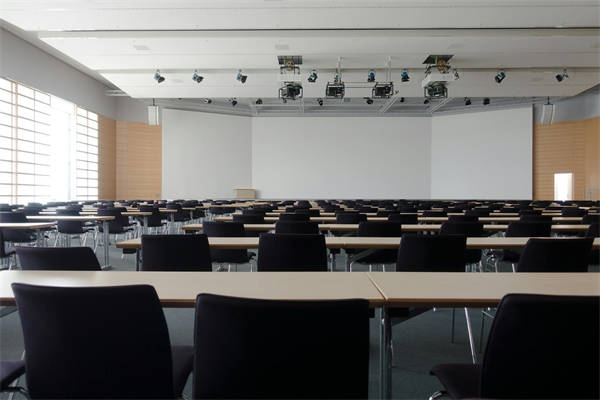Exploring the Theoretical Foundations of Early English and French Art Design
.png)
Early English and French art design, with its rich history and profound influence on the development of modern aesthetics, is rooted in a variety of theoretical foundations. These theories not only shaped the artistic expressions of the time but also laid the groundwork for future design practices. Below are some common questions that delve into the key theoretical concepts that underpinned early English and French art design.
What were the main influences on early English art design?
Early English art design was significantly influenced by the gothic style, which originated in France during the medieval period. This style emphasized vertical lines, pointed arches, and intricate details, reflecting a move away from the Romanesque period's heavy, rounded forms. Additionally, the English Reformation and the rise of Protestantism played a role in shaping the country's art design, as the new religious movement encouraged the use of vernacular languages and more accessible forms of art.
How did the Renaissance influence French art design?
The Renaissance, with its emphasis on humanism and the revival of classical art and architecture, had a profound impact on French art design. The period saw a surge in the creation of detailed and ornate designs, particularly in the fields of furniture, tapestries, and stained glass. The French Renaissance also saw the development of the French Academy of Fine Arts, which helped standardize and promote artistic practices based on classical ideals.
What role did the Baroque style play in early French art design?
The Baroque style, characterized by its dramatic use of light and shadow, intense emotion, and elaborate detail, became a dominant force in early French art design. This style was particularly evident in the architecture of the period, with buildings like the Palace of Versailles showcasing the opulence and grandeur of the era. The Baroque influence also extended to decorative arts, such as sculpture and painting, where artists sought to create a sense of movement and dynamism in their work.
How did the Enlightenment affect English and French art design?
The Enlightenment era brought about a shift in artistic thinking, with a greater emphasis on reason, logic, and the scientific method. In England, this led to the neoclassical movement, which sought to return to the simplicity and elegance of classical antiquity. In France, the Enlightenment also inspired the neoclassical style, which was seen in the architecture and art of the time, reflecting a desire for order and stability amidst the political and social upheaval of the era.
What were the key characteristics of rococo art design?
Rococo art design, which flourished in the late 18th century, was characterized by its light-hearted, playful nature. It often featured intricate patterns, delicate colors, and an emphasis on the decorative rather than the functional. The style was particularly popular in France and Germany, where it was used to decorate everything from furniture to paintings and even gardens. Rococo art design was a reaction against the grandeur and formality of the Baroque, offering a more intimate and whimsical aesthetic.
How did the Industrial Revolution impact English art design?
The Industrial Revolution brought about significant changes in English art design, as the demand for mass-produced goods required new and innovative design solutions. The Gothic Revival, for example, was a reaction to the Industrial Age's urbanization and industrialization, with architects and designers looking to the past for inspiration. This period saw the rise of the Arts and Crafts Movement, which emphasized craftsmanship and the return to traditional design principles.

.png)

.png)
.png)